The agitators demanded reform of the quota system by abolishing quotas in all grades in government jobs and leaving only a ‘maximum five per cent reservation for backward groups’.
In 2018, till the circular of cancellation of quota was issued, there was a total of 56 percent quota in these five categories of freedom fighters, district, women, minorities and disabled in government jobs.
However, in the first quota system introduced in 1972 after independence, this amount was higher.
What is quota?
A quota refers to a certain portion of something that is usually allocated to a group.
Basically, there is a quota system in various fields including education and employment to include backward or backward people in the society.
Quota system is in operation in different countries of the world.
During the British rule, quota system was in place for Indians in government jobs.
Later quotas were also allotted to backward Muslim communities.
After the partition of the country, there was province-wise quota allocation during the Pakistan period as well.
“Quotas are given so that backward or backward people can participate in the activities of the society,” former secretary Abu Alam told BBC Bangla. Shahid Khan

Quota system started since 1972
In Bangladesh since 1972 there was freedom fighter, district and women quota in employment.
The then Government issued an Executive Order on September 5, 1972 regarding recruitment and quota distribution in Government, Autonomous and Semi-Autonomous Institutions and various Corporations and Departments.
In this, 20 percent merit and remaining 80 percent district quota is kept for recruitment to first class jobs in these institutions. Out of this 80 percent district quota, 30 percent quota was decided for freedom fighters and 10 percent quota for war-affected women.
That is, a large part of the quota is allotted to the freedom fighters.
“Most of the real freedom fighters were – farmers, labourers, laborers, weavers. But they were the backward people of the society. That is why when the country became independent, the thought of helping the freedom fighters was that they could get quota and use that quota to improve their families. That is why freedom fighter quota is coming.”
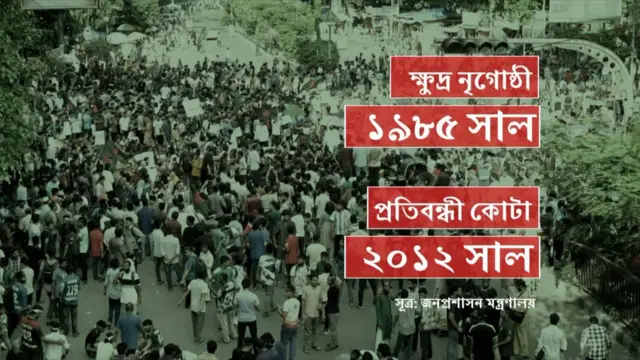
Four years later i.e. in 1976, the quota distribution was changed for the first time.
During this time, the amount of recruitment was increased on the basis of merit and a separate quota was arranged for women only.
That is, 40 percent of the total quota is for merit, 30 percent for freedom fighters, 10 percent for women, 10 percent for war-affected women and the remaining 10 percent is determined only on the basis of districts.
The then Ministry of Establishment (now Public Administration) amended the quota system in 1985 by including people from ethnic minorities in the quota and increasing the amount of recruitment based on merit.
It says, “Merit based quota for 1st and 2nd class posts will be 45 percent and district wise quota will be 55 percent.” Out of this district-wise quota, 30 percent of freedom fighters, 10 percent of women and 5 percent of posts for sub-nationals will have to be adjusted.”
In 1990, the quota system was partially changed in recruitment to non-gazetted posts, but it remained unchanged in Class I and II posts.
Children and grandchildren of freedom fighters in Kota
The children of freedom fighters were included in the government service in 1997.
Keeping the 1985 quota distribution unchanged, an order was issued to allocate only 30 percent freedom fighter quota to “Sons and daughters of freedom fighters/martyred freedom fighters if suitable freedom fighter candidates are not available”.
After a few days, several notifications were issued stating that the children of freedom fighters were not getting jobs as per the quota.
The notification states that if the instructions are not followed, “action will be taken against the concerned appointing officer”.
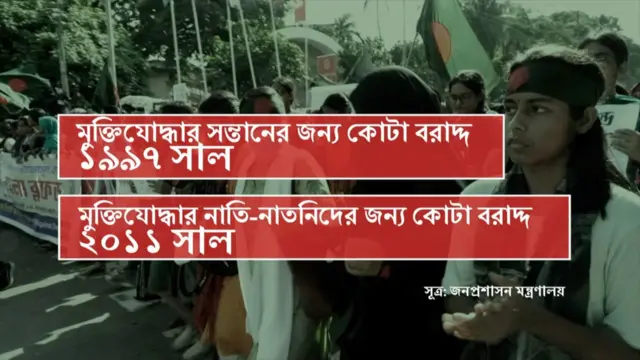
However, in 2002, during the four-party coalition government led by BNP, another circular was issued and the previously issued circulars regarding the allocation of quota for freedom fighters were cancelled.
It said, “In amendment to the directive given to reserve the 30% quota for freedom fighters without being filled by other candidates, the government has decided that if no suitable candidate is found in the 30% quota for freedom fighters from the 21st BCS examination, the said quota The vacancies (cadre and non-cadre) can be filled up by the candidates who stand at the top of the merit list.”
In other words, if no qualified candidate is found in 30 percent of the freedom fighter quota, the appointment is ordered from the merit list candidate.
When the Awami League-led grand coalition government was formed in 2008, this directive was also cancelled.
At the same time, the Establishment Ministry issued a notification to keep the posts vacant if it is not possible to fulfill the quota set for the children of freedom fighters.
The next change in the quota came in 2011. At this time, the grandchildren of the freedom fighters were also included in the 30 percent freedom fighter quota.
Last in 2012, the government issued a notification by adding one percent disabled quota .
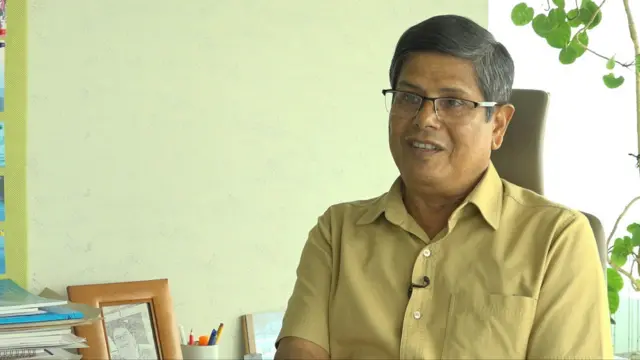
How the quota movement started
There has always been dissatisfaction with quotas over merit in recruitment in government, semi-government, autonomous and semi-autonomous institutions.
In such a context, the quota movement happened several times. But it was very limited.
The quota movement took shape for the first time on a large scale in 2018.
At the end of January of that year, a student of Dhaka University and two journalists filed a writ in the High Court seeking the abolition of the quota system in government jobs and its re-evaluation.
It also mentions that the quota system is in conflict with the constitution.
But the Supreme Court dismissed the writ in March.
Meanwhile, a page called ‘Kota Sanskar Chai’ was opened on the social media Facebook in February immediately after the writ in the court, and various programs were announced from the page, including the ban on Shahbagh.
It is through this that the quota reform movement started to take root.
Meanwhile, a platform called ‘Bangladesh Student Rights Protection Parishad’ was also formed for the purpose of quota reform.
After the writ was dismissed, an order was issued that no change would be made in the quota system. However, the government brought some relaxation in implementing the quota.
The order issued by the public administration said, “In case of non-availability of eligible candidates in the quota in all direct recruitments, those posts will be filled with the candidates who are at the top of the merit list.”
That is, through an earlier order where it was said to keep the quota vacant if the freedom fighter quota is not fulfilled, the government withdrew from that decision and announced recruitment from the merit list.
However, the students are stubborn in their demands.
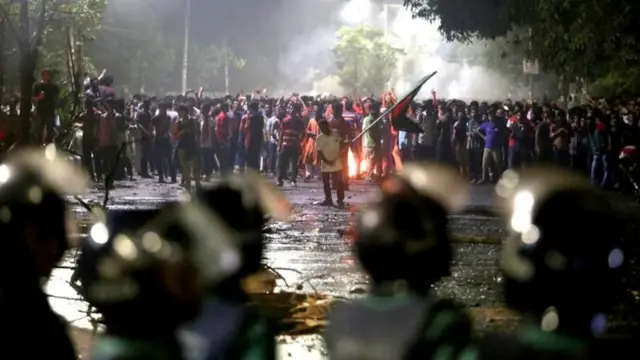
IMAGE SOURCE,GETTY IMAGES
At that time, law and order forces detained some people including firing tear gas and blank shots at the protestors’ program.
In April of that year, the movement became widespread. Taking part in the movement called from Shahbagh, the students started boycotting classes and exams all over the country.
Prime Minister Sheikha Hasina announced the cancellation of all quotas in Parliament on April 11 in the face of continuous agitation. However, the notification in this regard was issued later – in the month of October .
At that time, the government issued a notification canceling the quota in the recruitment of first and second class government jobs from ninth to 13th grade.
If candidates are not available in quota for 14th to 20th i.e. third and fourth class posts, recruitment is also announced based on merit.
However, between the Prime Minister’s announcement of the cancellation of the quota and the issuance of the circular, several incidents of attacks and arrests on the coordinators of the movement came to the media.
Meanwhile, in 2021, some children of freedom fighters filed a writ in the High Court challenging the decision to cancel the quota.
On the fifth of June, the verdict came in their favor, that is, the quota will be maintained as before, the court said.
Meanwhile, the state appealed to the Appellate Division seeking suspension of the judgment of the High Court. The Supreme Court actually ordered the state party to file a leave to appeal for the hearing of that application on the fourth of July .
In the meantime, the students started the movement to cancel the quota from July 1. The students are continuing this movement under the banner of ‘anti-discrimination student movement’.
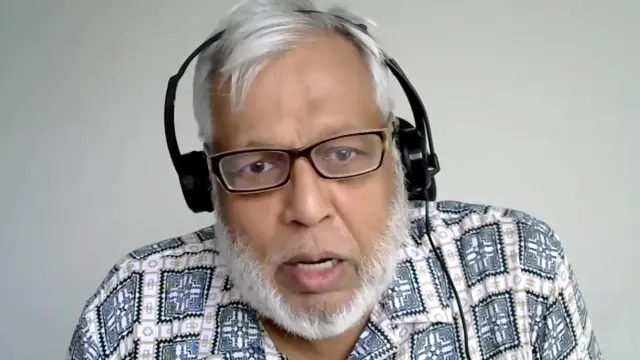
What analysts are saying about the quota
Since the introduction of the quota system in 1972, there was a 30 percent quota for freedom fighters. Later, the same quota was allotted to the children and grandchildren of the freedom fighters.
The most discussed in the 2018 quota movement was the amount of the freedom fighter quota.
The issue of freedom fighter quota has come up again and again in this movement.
“The purpose of quotas is to try to create a level playing field. Whether the children of freedom fighters are unequal is a matter,” said former secretary and economist Muhammad Fawzul Kabir Khan.
He also raised the question whether there is a need for anyone other than the disabled.
Mr. also brought up the issue of executive power in making decisions about quotas. eat
He said, “Is it a matter of the executive power of the government or a matter of the court? If a person’s rights are violated or the constitution is violated, it is a matter for the courts. But it does not seem to have happened in this case. Earlier (quota) was given by executive order, and it has been withdrawn by executive order.”
Analysts are of the opinion that there is no opportunity to see the quota system simply in Motadag.
Former secretary Abu Alam said that it is necessary to look at how the quota is being kept for the backward people and how effective it is. Shahid Khan
“How many times can a family use the quota? Once a member of a backward family gets a job, he is no longer backward. There should also be an income ceiling for backwardness. All in all there will be a quota but there is a lot of thinking about how it will be managed,” he said.